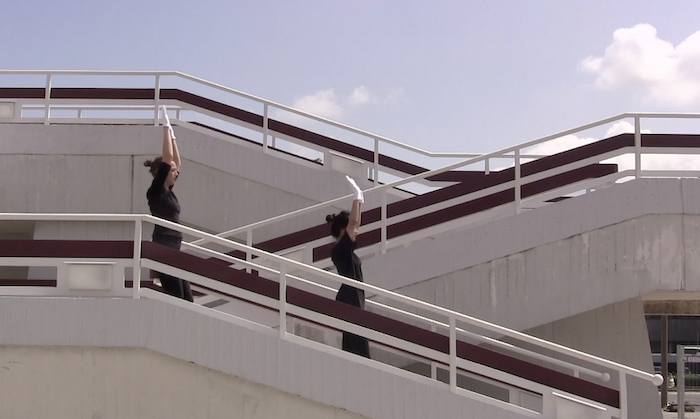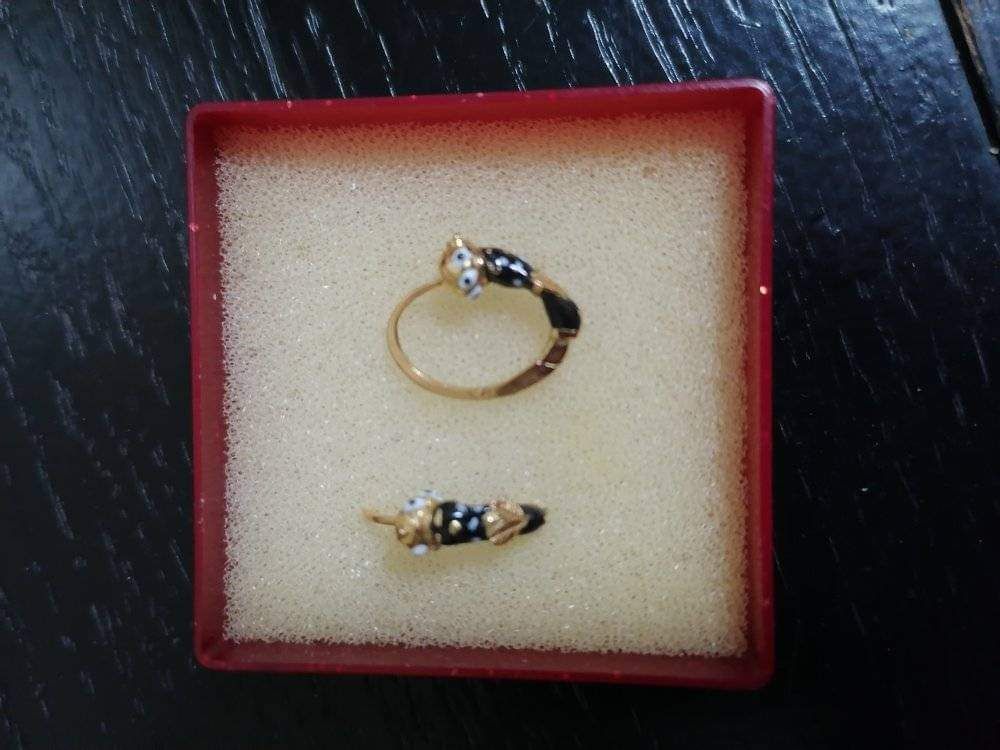
Welcome to Our new portfolio
Morčić not Moretto
2023
Photo installation
Fazli recalls the interpretations of the traditional talisman of the city of Rijeka, Croatia, Moretto or Morčić. This amulet takes the form of a black head with a turban and is usually worn as an earring. The two names are often used interchangeably, but Fazli points out that they are very different.
Fazli points out that Moretto is a nomenclature of Italian origin that draws from similar Italian figures, which involve lavish depictions of adorned black slaves. It also reminds us that Rijeka went through a period of Italian occupation. Thus, while Moretto is a depiction of the decorated black slaves of the privileged conquerors, Rijeka's Morčić, although resembling a ‘poorer’ imitation of Moretto, has a different interpretation. Morčić is a talisman of the residents of Rijeka, and the most popular legend about its origin has to do with a battle in which the locals managed to defeat and repel the would-be Ottoman conquerors. On that battlefield, when the vanquished troops of the would-be conquerors withdrew, all that remained behind them were the black heads of their vanguard fighters who were black slaves. Fazli reminds us that Morčić is a symbol of the vassals and that his deterrent character is about the conquerors. Moreover, he reminds us that the Roma have been slaves and have also been used in the front ranks of the troops as lives of lesser value. Also, that the Roma have not been warriors or instigators of wars, although they have been repeatedly used by powerful armies as human shields of slaves and as slaves.
Fazli points out that this condition has affected the ways in which the positive actions/values/habits of the Roma are interpreted, and that it also overshadows/erases the memory of the land they inhabited before becoming a traveling tribe in different countries in Africa and Europe and carrying negative connotations.
The questions posed by Fazli are supported through the presentation of a series of photos from the archive he created thanks to his research on Morčić, together with photos of his Roma friends, as well as of himself, wearing or displaying this (protector) amulet.





